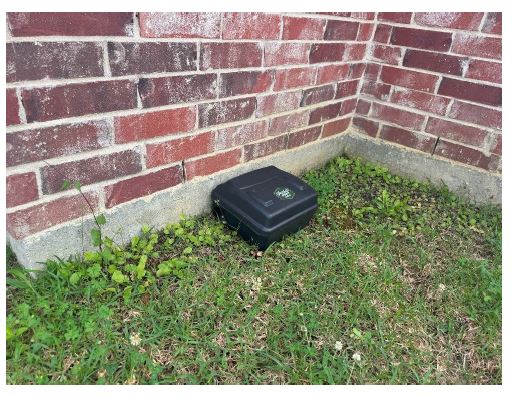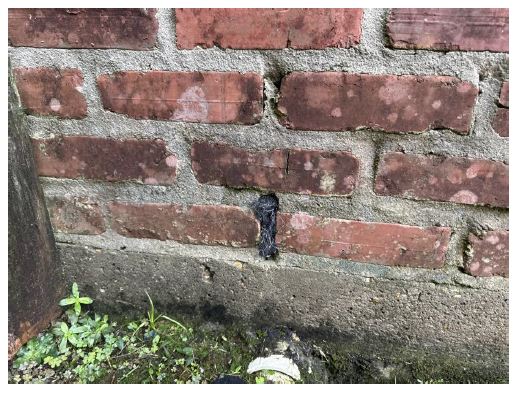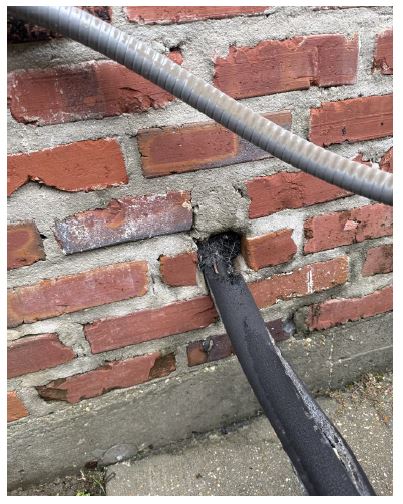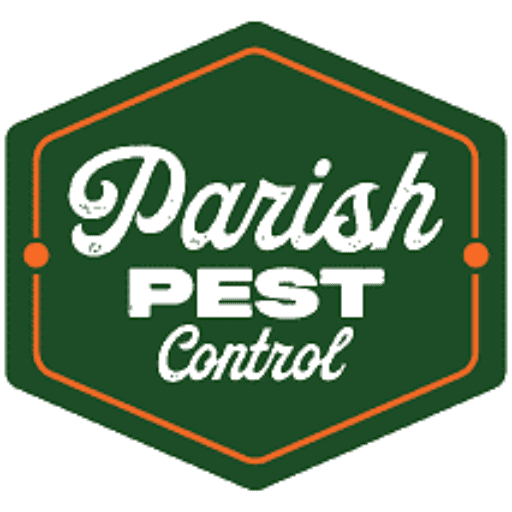Understanding Rodent Control & Rodent Exclusions
Understanding Rodent Control & Rodent Exclusions
Understanding Rodent Control & Rodent Exclusions
Informational Guide from Parish Pest Control
This document explains what to expect from your rodent control service, including our baiting and exclusion methods. It’s designed to help you make informed decisions and understand how we effectively eliminate and prevent rodent infestations.
Rodent Baiting: Safe, Effective, and Professional
We install tamper-proof rodent bait stations around the perimeter of your structure to reduce the rodent population and prevent re-infestation.
Why Our Bait Stations Are More Effective:
• Tamper-Proof Design – Locked and secured to ensure children and pets cannot access the bait.
• High Capacity – Holds 4 to 8 times more bait than stations available at hardware stores.
• Professional Bait – We use a single-feed bait, far more effective than consumer products. Rodents only need to feed once.
• Guaranteed Effectiveness – Rodents cannot vomit, so once they consume the bait, it will take effect.
Please note: These stations do not trap rodents. Rodents enter the box, consume the bait, and leave to expire elsewhere.
Rodent Exclusion Services: Sealing Off Entry Points
To ensure long-term success, rodent exclusion is highly recommended. This process involves sealing the small gaps and holes rodents use to enter your structure.
Rodents are opportunistic and can enter through incredibly small openings:
• Mice: as small as a dime
• Rats: as small as a nickel
Materials We Use:
• Stainless Steel & Wool Mesh Fabric – Rust-proof, chew-resistant material used for most small to medium entry points.
• Galvanized Hardware Cloth – Used for larger or more structural gaps.
• Copper Mesh – Used for smaller entry points.
We do not use spray foam insulation for exclusion work, as rodents can chew through it in minutes. The reason our exclusion methods work is because rodents dislike the feeling of metal on their teeth.
All exclusion work is guaranteed while your service agreement is active.
We will include photos from your actual service when applicable. Below are examples of what to expect.
Example: Bait Station Placement

Example: Open View of Bait Station

Example: Exclusion Work Performed
1. Defects in Brick or Mortar
Cracked or deteriorated mortar joints between bricks can create hidden access into walls.

2. Oversized Weep Holes
Weep holes are designed for moisture release and ventilation but can be too large and allow rodent entry if unprotected.

3. Garage Door Gaps
Rodents often enter through gaps at the sides or bottom of garage doors, especially if weather stripping is worn or missing.

4. A/C Line Access Holes
Utility lines (AC, electrical, cable, etc.) that penetrate exterior walls often leave oversized or unsealed holes, ideal for rodent access.

5. Other Access Points
Rodents are resourceful and may enter your structure through various other openings, such as:
• Roof Vents: Unsealed roof vents or gaps around vents can be an entry point for rodents.
• Chimneys: Open or cracked chimneys provide direct access to attics.
• Eaves and Soffits: Gaps in eaves or soffits, particularly around roofline structures, can also allow rodents to enter.
• Pipes and Drains: Rodents can climb up pipes or through drains to access your home, particularly where the exterior plumbing connects to your walls.

The Hazards of Rodents Living in Your Structure
While rodents may seem like a minor nuisance, they can cause significant damage and health risks when allowed to infest your home or business.
Potential Damage:
• Electrical Wiring: Rodents, especially rats and mice, often chew on electrical wires, which can lead to short circuits, fires, and costly repairs.
• A/C Drain Lines: Rodents may chew through A/C drain lines, causing damage to your HVAC system and potential flooding.
• Structural Damage: Rodents can damage insulation, walls, and personal belongings as they create nests and search for food.
Health Risks:
Rodents carry and transmit diseases through their saliva, urine, and droppings. The risks include:
• Hantavirus
• Leptospirosis
• Salmonella
• Lymphocytic choriomeningitis virus (LCMV)
• Rat-bite fever
Their droppings and urine can contaminate surfaces, water supplies, and food, leading to the potential spread of these diseases. Allergens from rodent droppings and urine can also trigger asthma or allergic reactions, especially in sensitive individuals.
Ongoing Service & Monitoring
We don’t use long-term contracts at Parish Pest Control. Instead, we offer service agreements that give you flexibility and transparency.
Each service includes:
• Inspection and refill of all bait stations (if bait is consumed or has become unpalatable)
• Barcode scanning inside each bait station lid for detailed digital reporting
• Numbered bait stations corresponding to an inspection diagram so you can track rodent activity location by location
Bait station placement: We follow manufacturer recommendations of placing a station every 30–40 feet around the exterior of the structure.
Trapping Inside the Structure
Once exterior baiting and exclusion are complete, any rodents left inside are trapped using:
• Snap traps
• Glue boards pre-baited with a peanut butter scent
This is the final step to ensure complete control of the infestation.
Additional Notes
• You own your bait stations once they’re installed—even if you cancel service.
• Bait stations are only a safe delivery system for the bait. They do not control rodents unless regularly serviced.
If you have questions or would like a walkthrough of your custom plan, please feel free to contact us directly. We’re here to help you feel confident in your rodent control solution.


